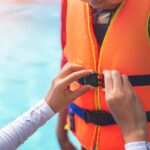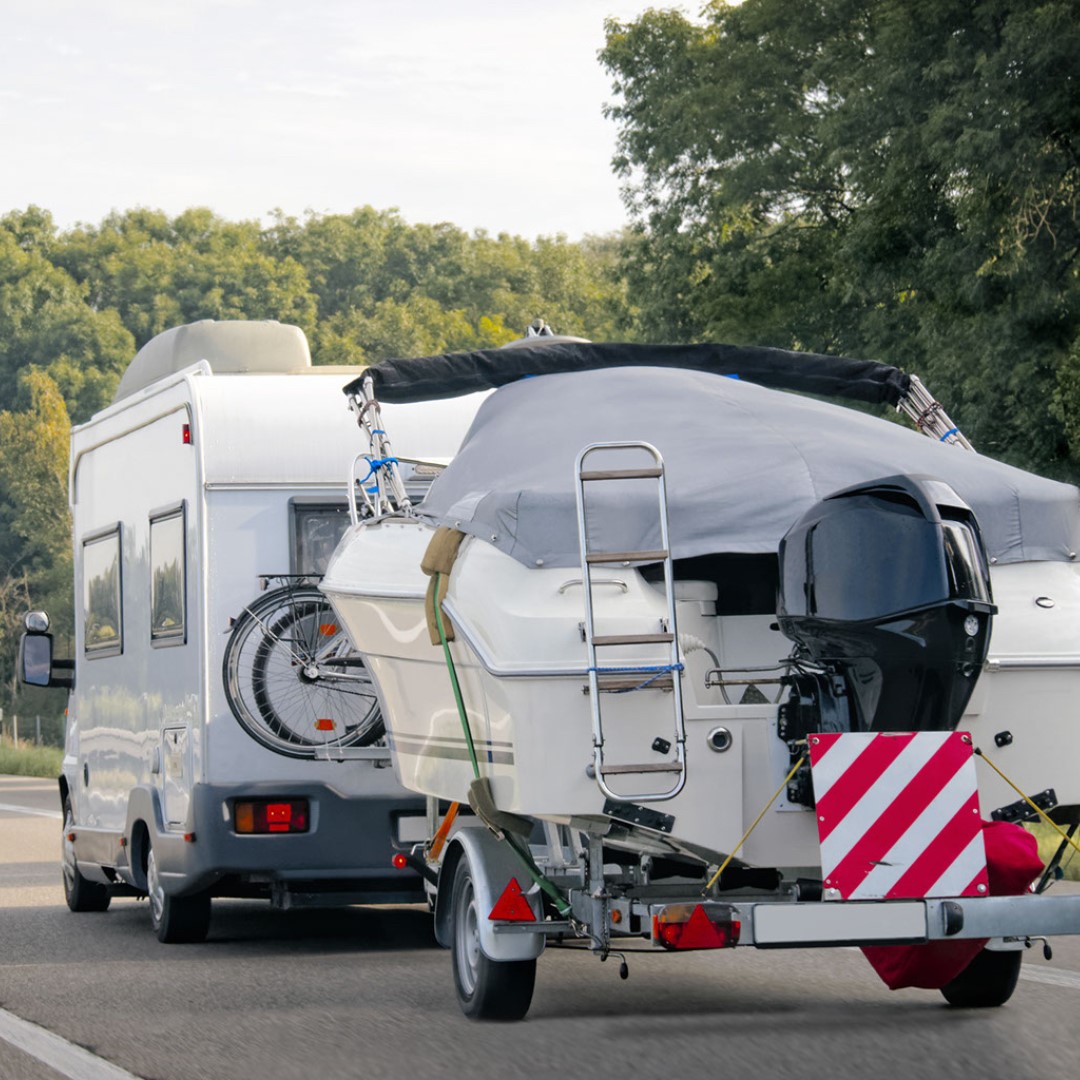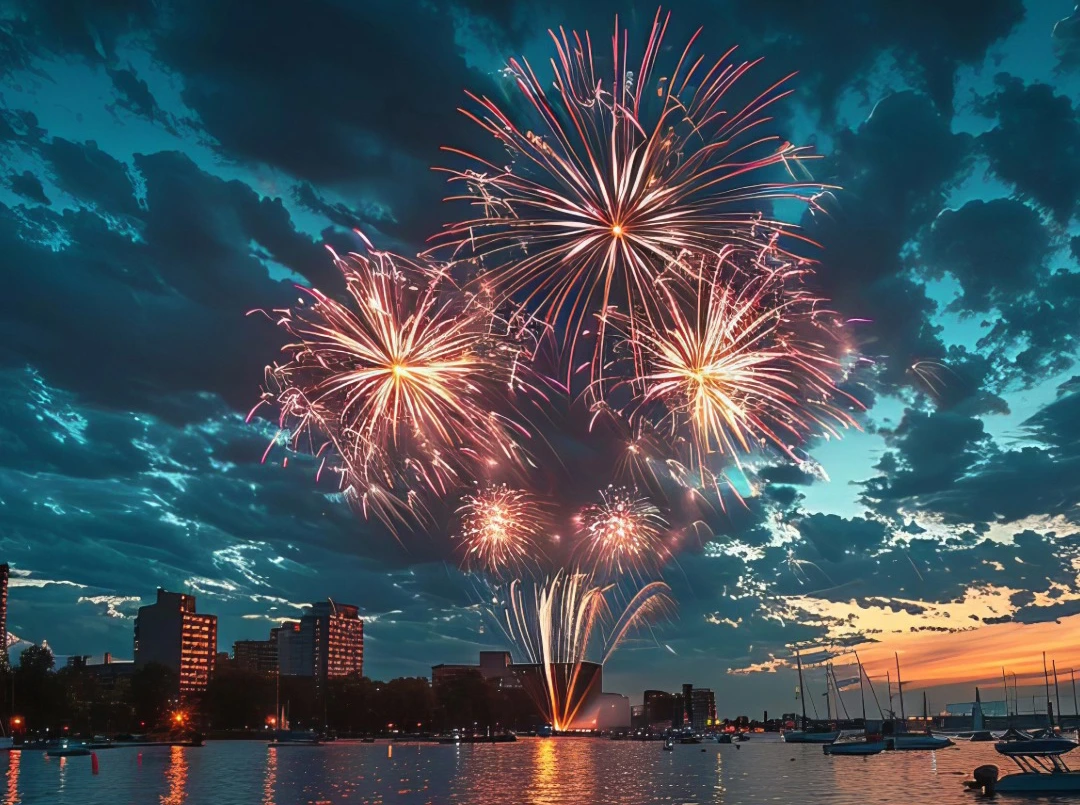If you’ve ever dreamt of cruising on the open water, it’s time to make that dream a reality by obtaining your boating license. With just six simple steps, you’ll be on your way to becoming a certified skipper, fully prepared for thrilling boating adventures! Keep in mind that the operating requirements for different vessels such as Cruisers or Personal Watercraft (PWC), vary depending on the laws and regulations of each state.
Understanding the Requirements
Before setting sail, it’s crucial to familiarize yourself with the requirements for obtaining a boating license in your area. Research the specific regulations and age restrictions that apply to your location. Learn about the necessary certifications, educational courses, and practical experience needed to qualify.
Enroll in a Boating Safety Course
To ensure you have the knowledge and skills to navigate the waterways safely, consider enrolling in a boating safety course. These courses cover essential topics such as navigation rules, boat handling, emergency procedures, and more. Look for accredited courses offered by reputable organizations or agencies in your area. Many courses are available in-person and online, allowing you to choose the option that best fits your schedule and learning preferences.
Study and Prepare for the Exam
Once you’ve completed the boating safety course, it’s time to hit the books! Review the course material thoroughly, taking note of important concepts, regulations, and safety guidelines. Practice using study guides, online resources, and sample exams to assess your knowledge and identify areas that may require further attention.
Take the Boating License Exam
With your preparation complete, it’s time to take the boating license exam. Check with your local maritime authority or licensing agency to determine the exam format and scheduling options. Some regions may offer online exams, while others may require you to visit a testing center. Arrive at the exam location on time, well-rested, and confident in your abilities. Remember to bring any necessary identification or paperwork as required by the licensing agency.
Obtain Your Boating License
Follow the instructions provided by the licensing agency to complete any remaining paperwork, pay any required fees, and obtain your official boating license. Once you have your license in hand, you’re officially recognized as a certified skipper and can begin enjoying your boating adventures with confidence.
Carry Your License or Completion Certificate on Board
Once you have obtained your boating license or completion certificate, ensure that you always keep it readily accessible while you’re on the water. Store the document in a waterproof container or laminate it to protect it from damage. This step is crucial as it serves as proof of your eligibility to operate a boat and may be required to be presented to authorities during routine inspections or in the event of an incident.
State Laws and Boat Licenses.
As a first-time boat owner purchasing a new boat, it’s crucial to understand the laws and licensing requirements in your state. Your marine dealer can provide information on obtaining a boating license, and the National Association of Boating Law Administrators (NASBLA) offers state-specific training requirements on their website.
State websites related to natural resources or transportation also provide boating education requirements. Visit Boat-Ed.com and BoaterExam.com for approved online courses and state-specific information.
More for you to read;
Boat Gear for Beginners – What You Need To Get Started











